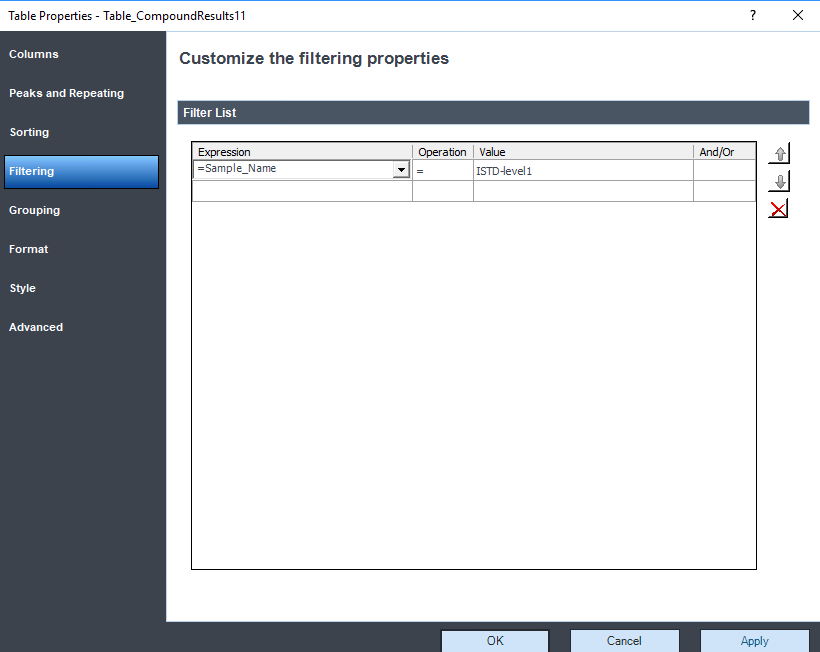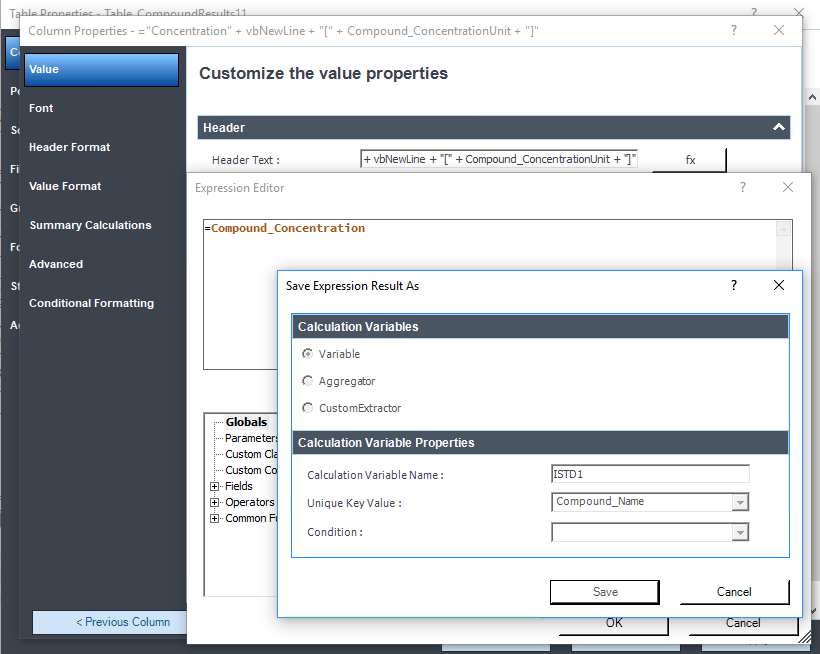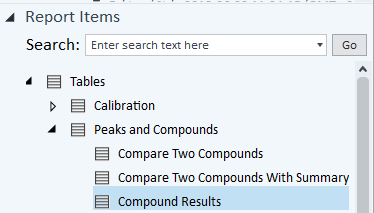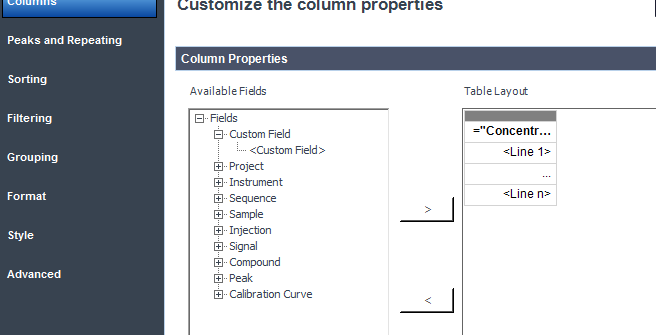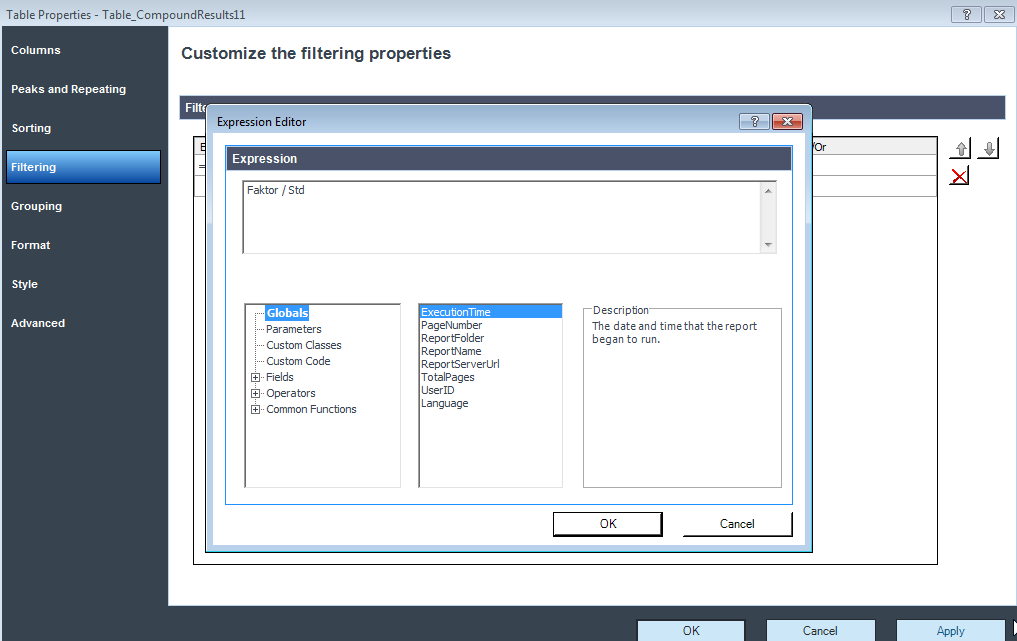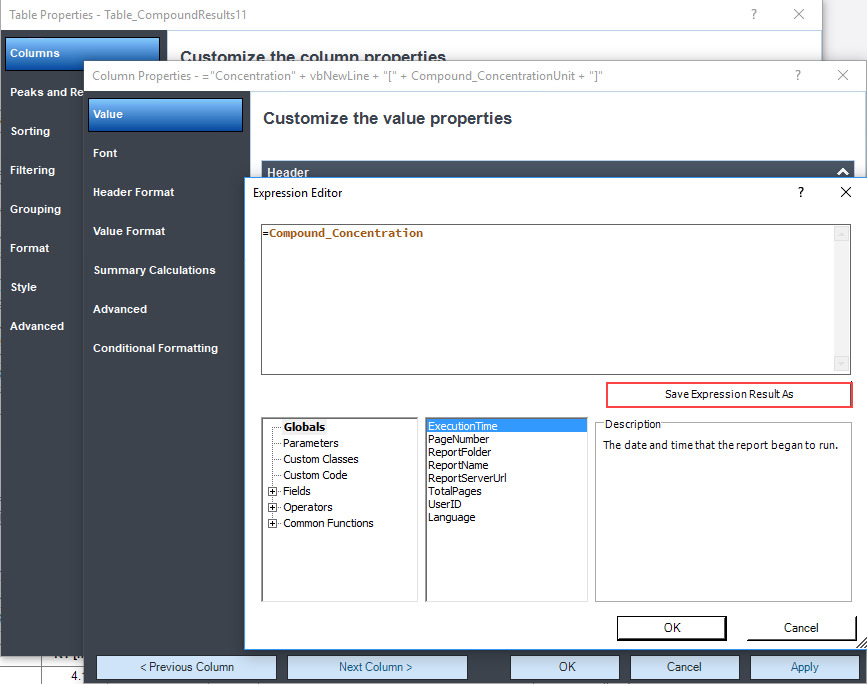Hello,
I am setting up a new method on the GC 7890B, to determin if a peak ( height )
from the sample solution, is bigger then the internal standard.
We are using 2 different standard solutions. One with 0,05 ppm and one with 0,025 ppm
After each run the "User" check every sample if the height is smaller then the reference solutions.
The Spectrograms look like this
The goal would be that I get an output on the report.
peakheight of the sample is smaller then in Ref C, but bigger then Ref D .
Or Pass Test ( smaller then Ref C/ Ref D )


